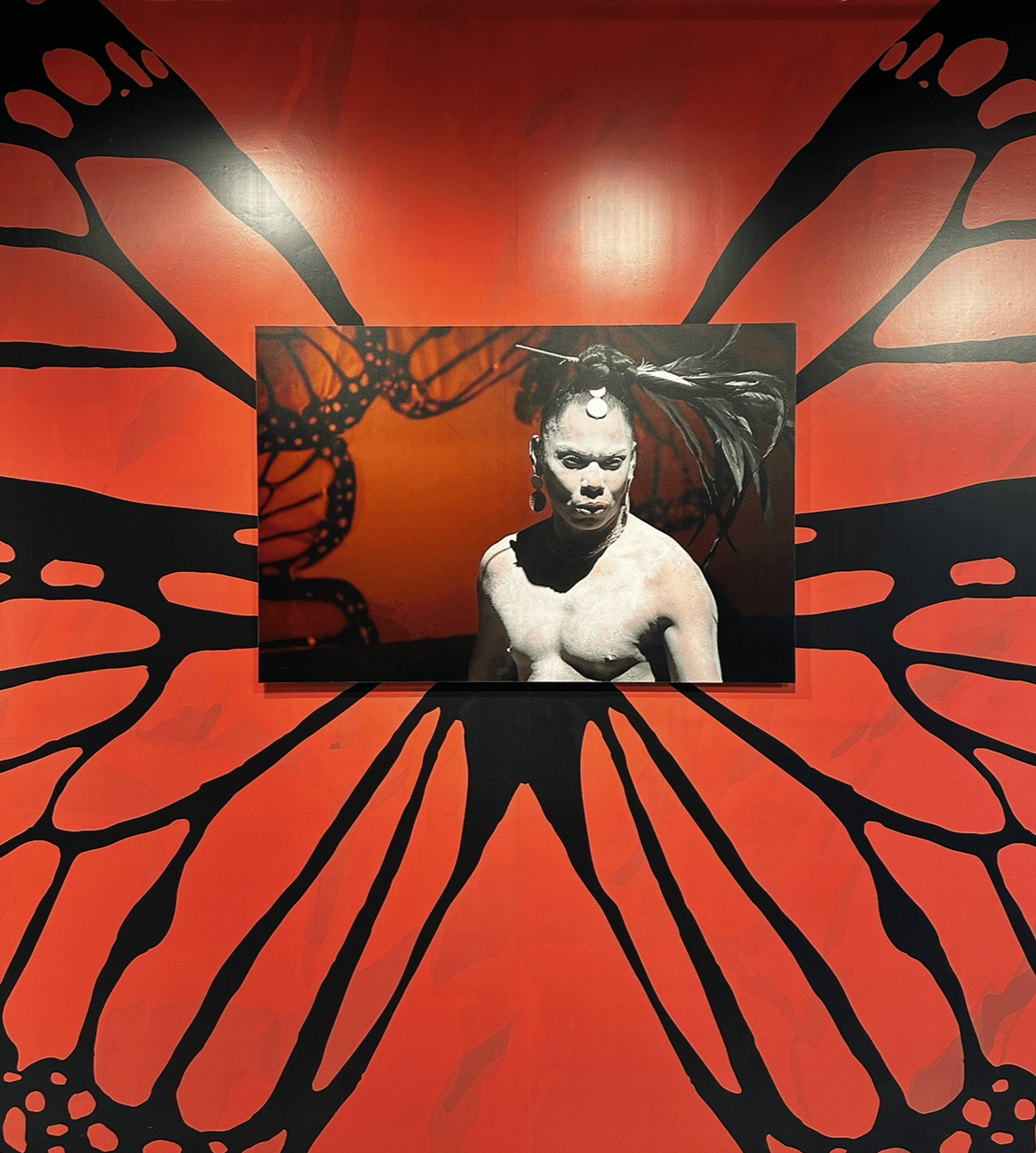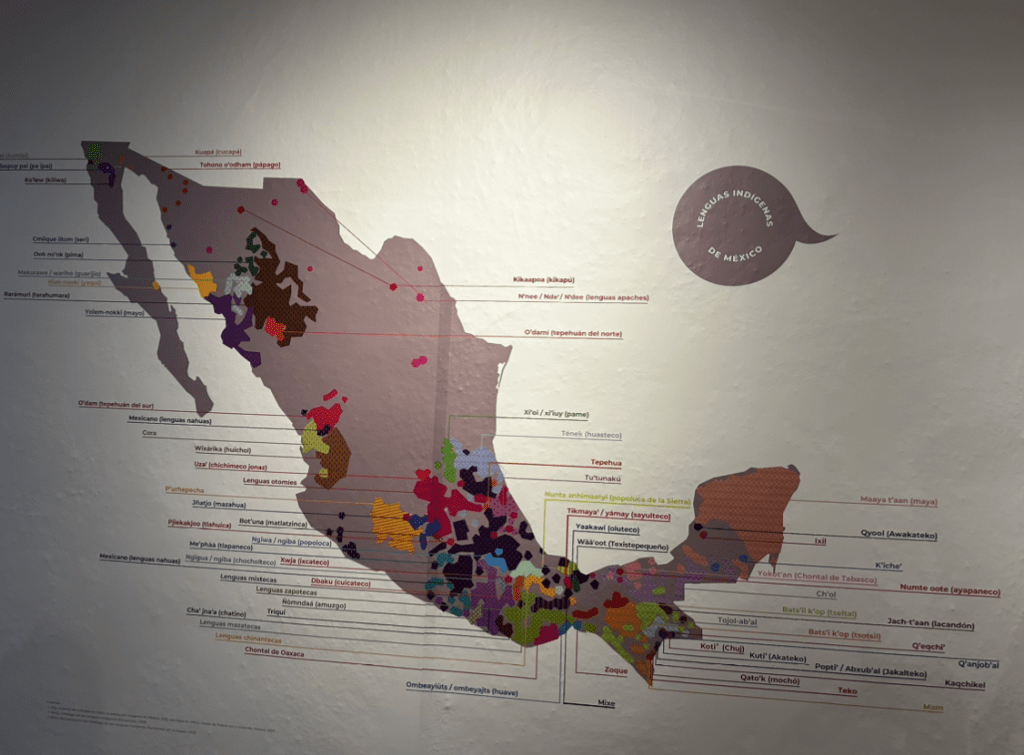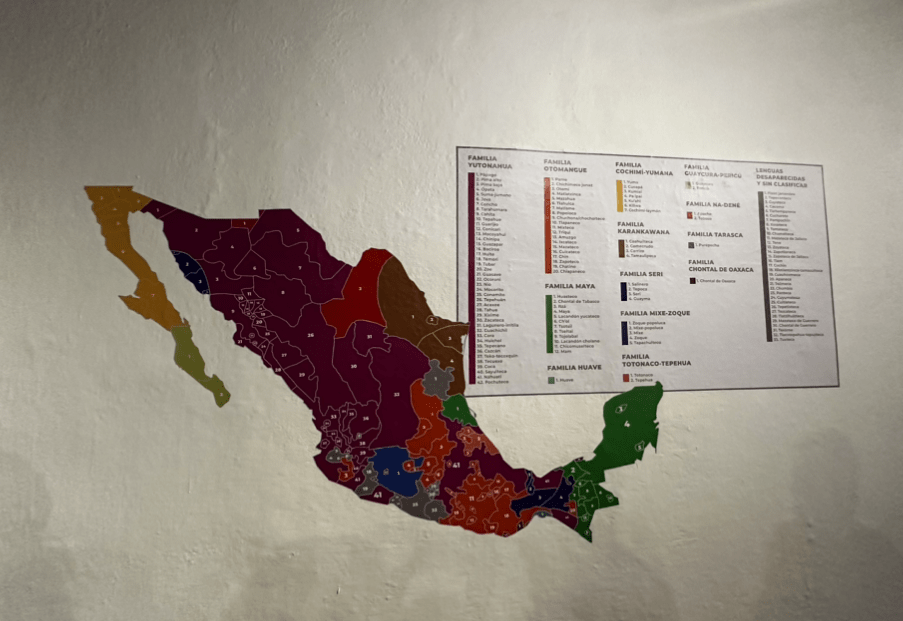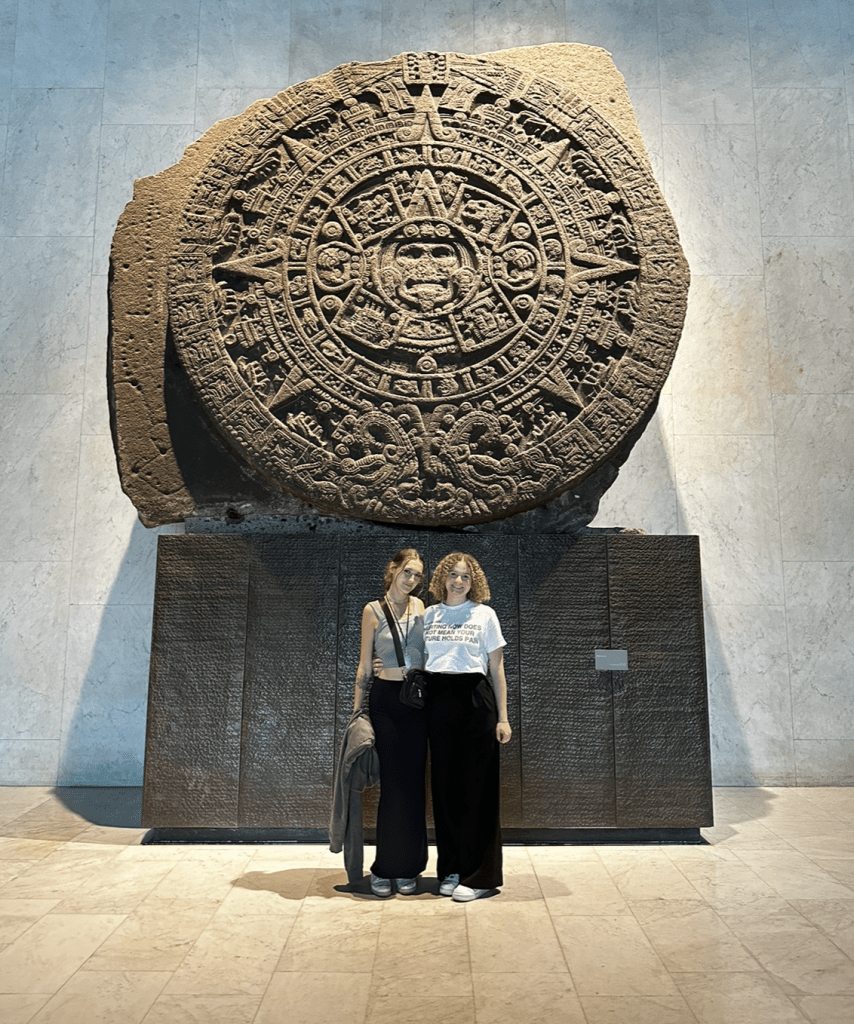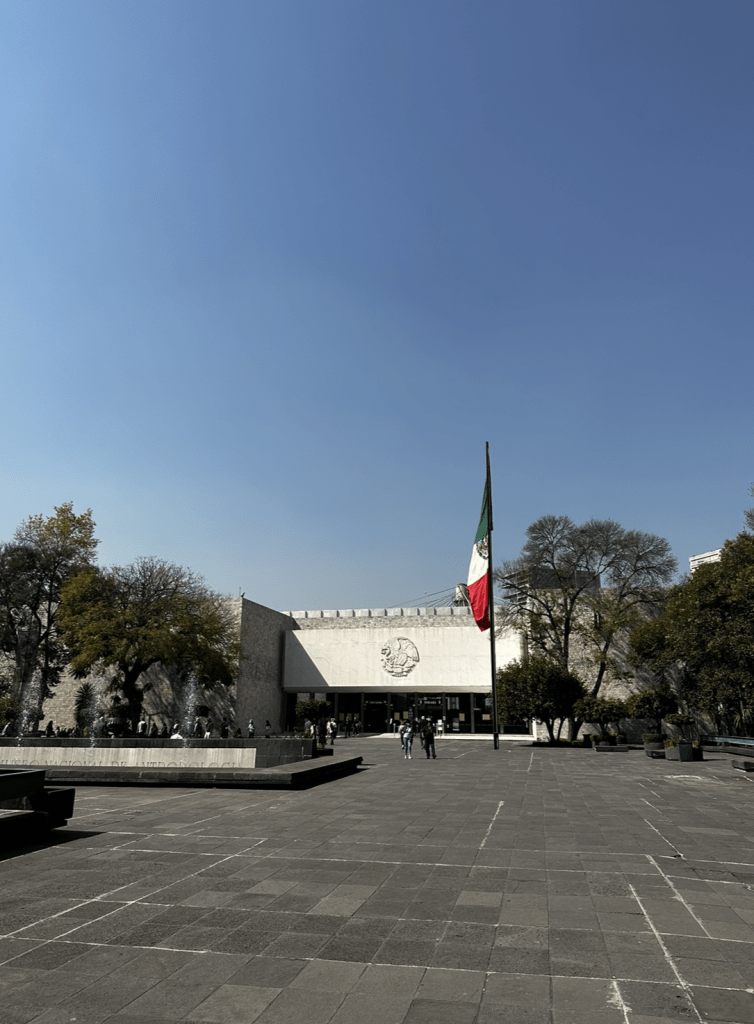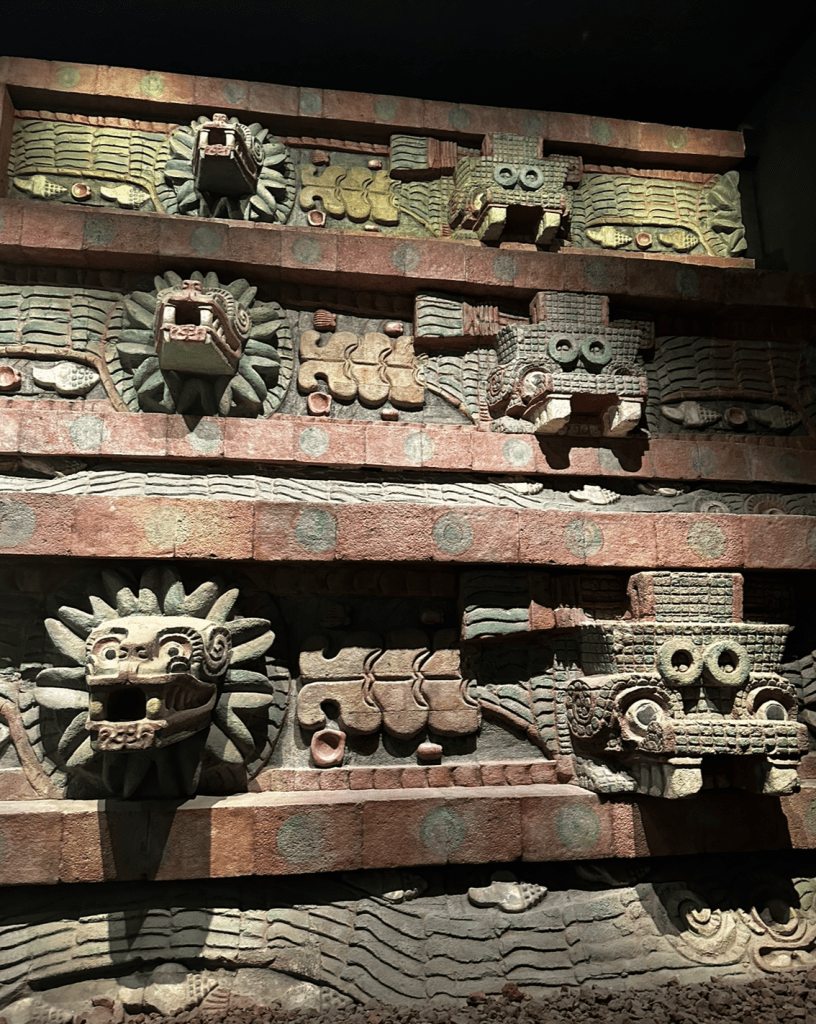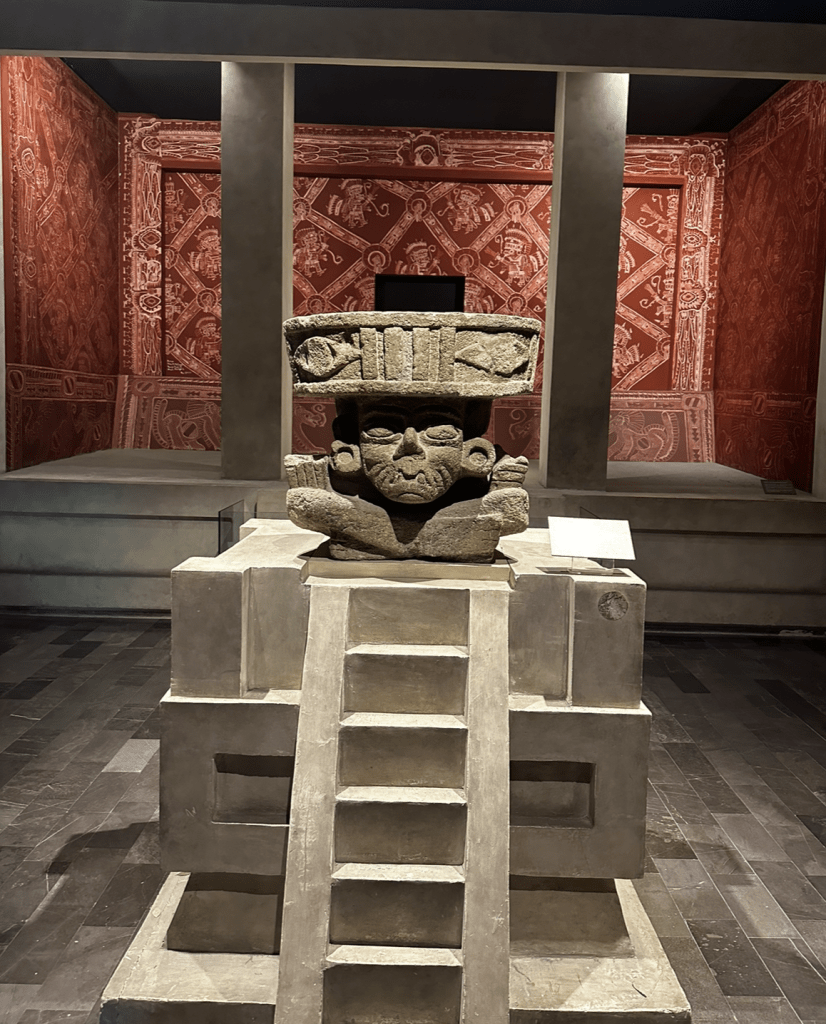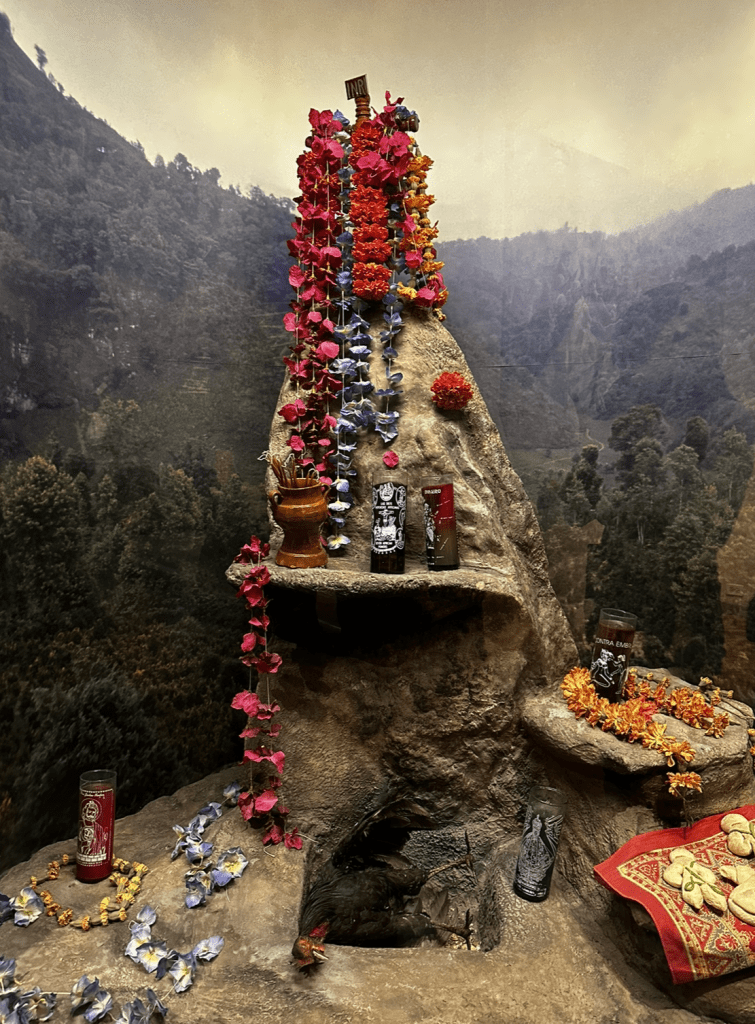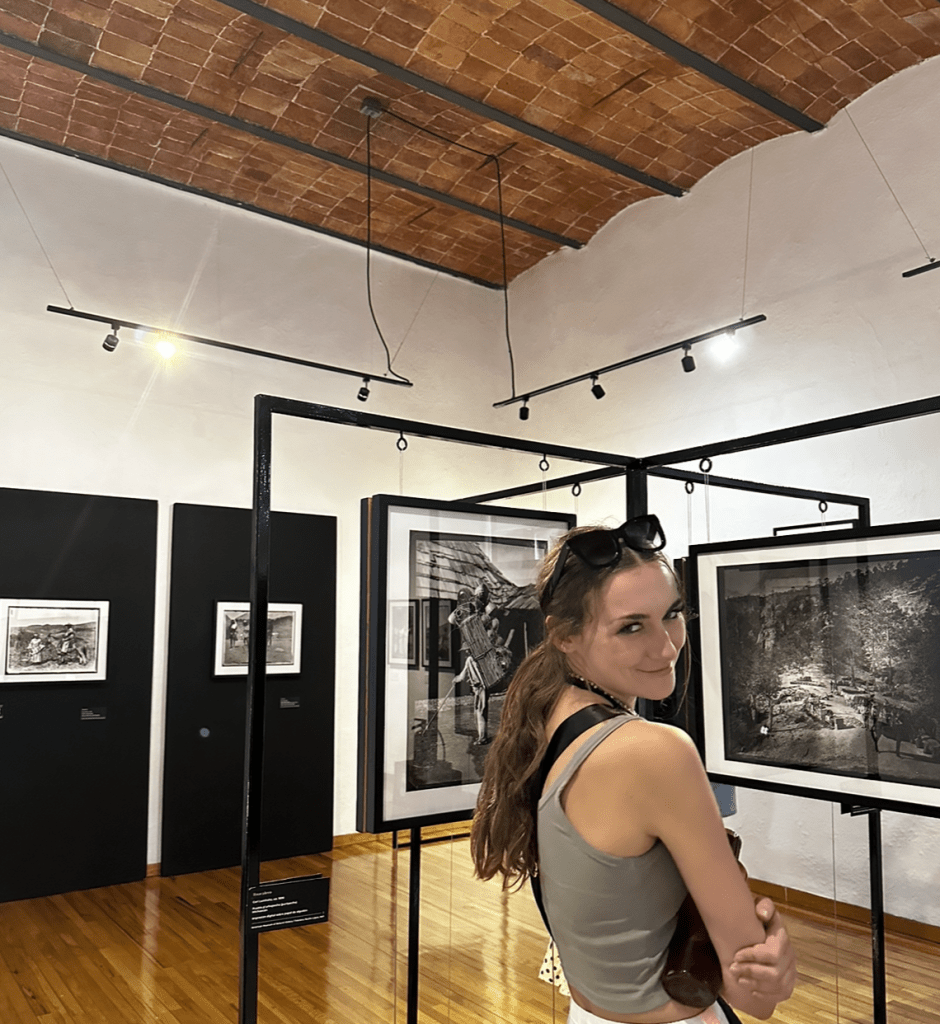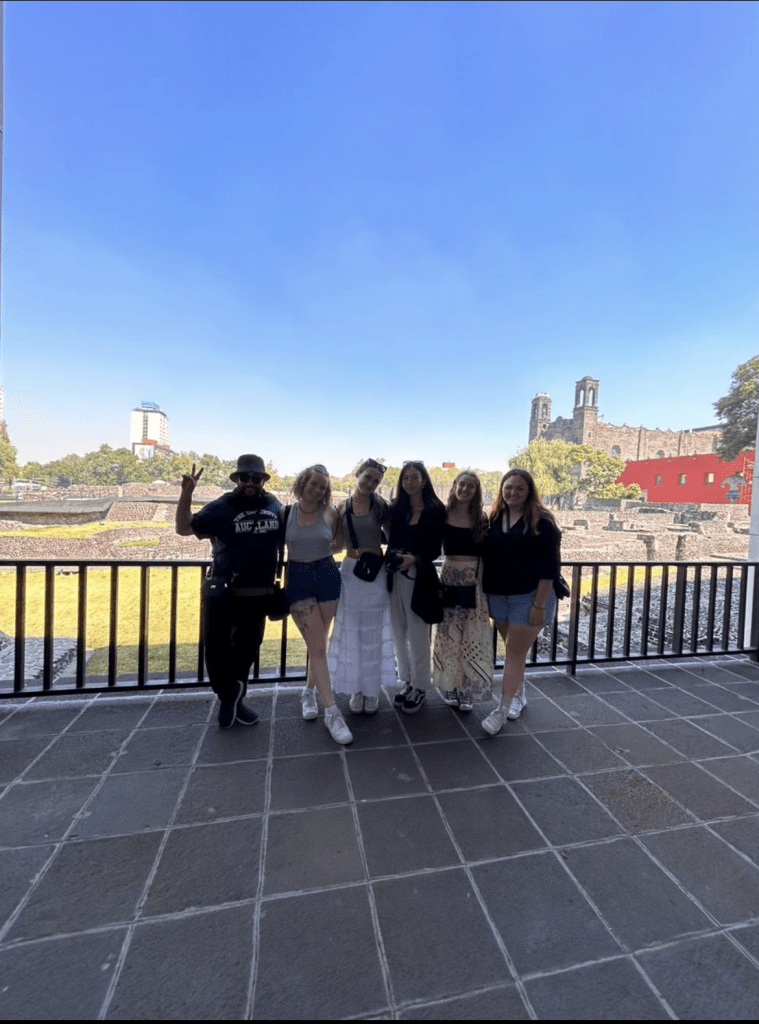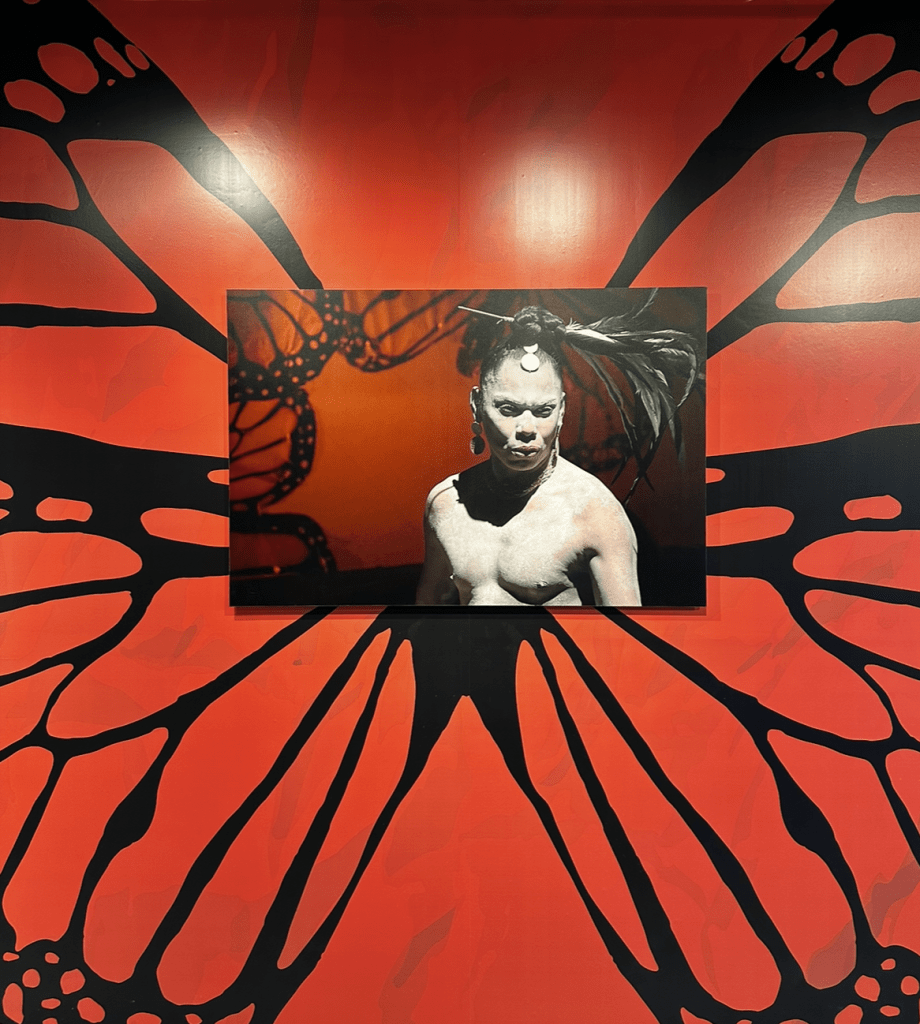Last week was all about indigenous rights across Mexico. Coming from little Aotearoa, New Zealand, where we have one indigenous group, led me to understand the Aztecs and Mayans as the only indigenous groups in Mexico. But boy, was I wrong. Mexico has an estimated 68 different indigenous groups and 63 languages. There are also an estimated 350 dialects, but that’s another topic. That number of 68 was astounding to me. This country is so rich in culture that it is hard to understand as everyone is so different. What is the same, however, is how these groups are treated. Much like Māori in Aotearoa, New Zealand, indigenous groups are severely discriminated against. For appearance, language, and criminality, the many different groups are constant social targets. This has led to a considerable loss of land, culture, and language in irreplaceable ways. It was fascinating learning about the specific gods and creation stories that many communities hold. It is very similar to Te Ao Māori. It was actually adorable that our lecturer has a master’s she is currently working on looking at contemporary indigenous communities. She was so interested in hearing about Māori, which we all felt very proud to tell her about.
It was a very intense week of content, but it had also been one of my favourites as it sparked a particular interest.
Since we are over halfway through our trip, our workshop classes are definitely getting more intense. We now have very clearly defined projects that we will be designed to provide some social justice. I have chosen to focus on the normalisation of violent crimes carried out by cartels in Mexico and how this reflects the direction Aotearoa, New Zealand, is heading in. Through this, I’ll be looking at how news media reports violent crime and the language and manner in which they convey messages about crime and cartel lifestyles. I will also examine how film media has created a glamour image around cartels and gang lifestyles as a desirable direction for life. Then one of my final areas will be about Mexico’s image worldwide and how it is stained by this violence. Cartels are always the first topic of discussion when Mexico is mentioned, which takes away from everything else to do with the country. It is a sad reality that leaves a lot of other social injustices behind the shadow of violence, which is more visible. I am excited to bring this project home and potentially do something with it.
This week instead of an NGO visit, we had many trips to museums. The biggest museum in Mexico is the museum of anthropology. It is absolutely breathtaking. There are so many different indigenous groups to be explored throughout this museum. I particularly enjoyed seeing the original Aztec calendar, which has become one of my favourite symbols around Mexico. Also, the umbrella waterfall was stunning. I had an exciting experience where I got a little emotional when our teacher talked about the way of life many indigenous Mexican cultures adopt. Everything, no matter what, has a soul. And that soul matters very deeply. Therefore, we should appreciate the souls of everything as an extension of the world. It’s such a beautiful way to see the world. I’m not sure why I cried in this instance. It was how pure the cultural practices are here and what they stand for. Everything is harmonious and with meaning. There are still some practices which are not ones I would personally adopt, but as a whole, it’s a gorgeous way to approach the world. This thought can change the world and how we view it. The world is a soul and a carrier of souls. We should value this immensely.
We also went to a fine arts museum a few days later, where I had a good cry out of sadness. We went into a room with a memorial for some victims of femicide. Femicide is a concept used here as the violence against women is so extensively abundant that it is borderline genocide. A very intense idea to hear as a young woman myself. As I stood there, I saw the faces of women victims of femicide in Mexico, and it all felt real. I wasn’t in a classroom in Auckland learning about these things from a distance. I am here. There’s no wall of theory to protect your emotions. I just started thinking about how hard it is to live here and how grateful we are in Aotearoa to live where we do. Even just existing here is a challenging thing for many different types of people. I get frustrated because I cannot understand why people think this way, why someone would think to intentionally hurt another person. At that moment, my walls internally broke, and all the emotion from the last few weeks came tumbling out. From the human rights lectures to migration and now indigenous rights, there is a lot of challenging content to cope with. Studying what we do, I have become trained in separating emotions from the study, but it is good to remember that empathy because, at the end of the day, that fuels our passion for helping others. I again feel nothing but grateful to be here experiencing all I am.
